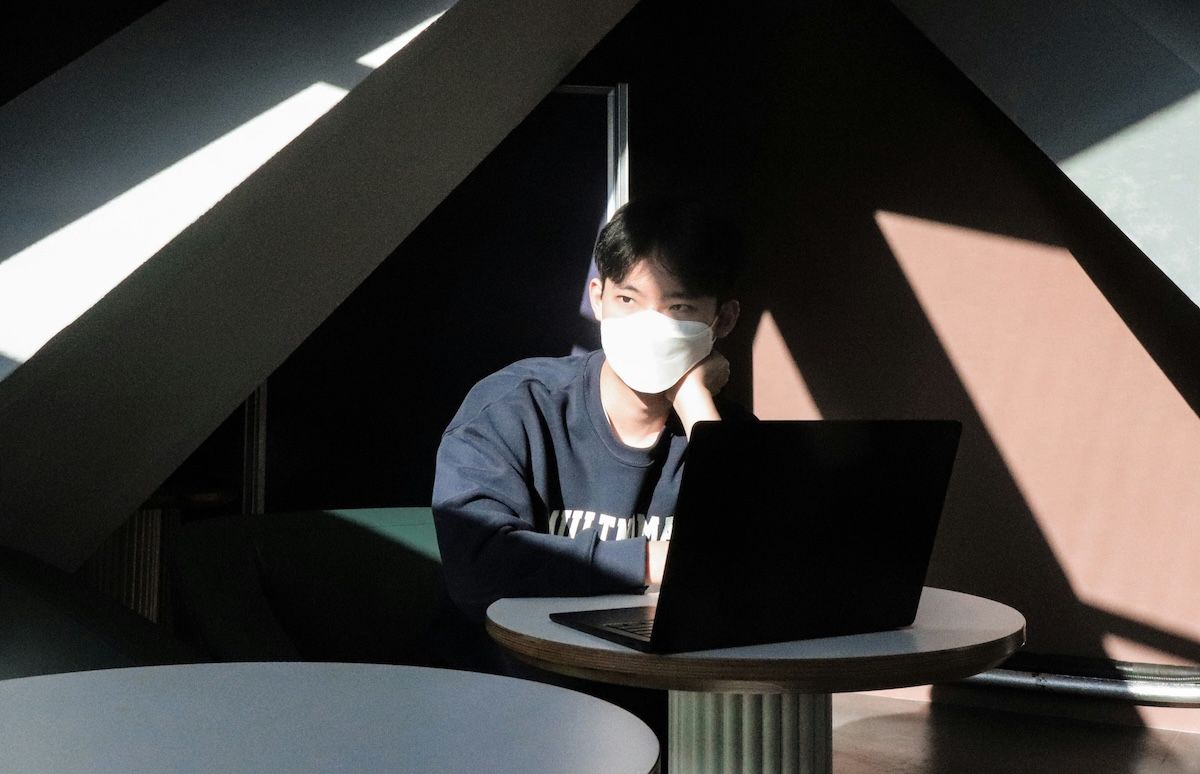“White fragility” – my journey exploring diversity and inclusion so far
(by Robert Schwarz, PsyD, DCEP)
Preamble:
I wrote the following blog several weeks ago, long before the current crisis. This blog is about my personal journey of coming to terms with diversity issues that had been instigated by ACEP’s Diversity and Inclusion (D&I) Initiative. Just so readers have the appropriate context, I have supported the D&I Initiative since its’ inception. Even though I already accepted the concept of systemic racism, I had no idea about the journey I was beginning.
Last week, ACEP sent out an email discussing this issue. We received some responses acknowledging that the violence perpetrated against Mr Floyd was wrong, but questioning the existence of systemic racism. Perfect! This is the conversation that this country needs to have. This is the conversation that healing professionals need to have. This is the conversation that ACEP needs to have.
Conversations are by their nature interpersonal. However, we must also have an inward conversation with ourselves. You will see such a conversation in this blog. I had hoped my sharing my personal journey would be of service in having inward and interpersonal conversations. I had no idea we would be where we are today. I hope this may be of service to you in your sorting through your own feelings and reactions. – Robert Schwarz
“White fragility” – my journey exploring diversity and inclusion so far
A while back, my son gave me a book for the holidays entitled: White Fragility: Why it’s so hard for white people to talk about racism by Robin DiAngelo. He knew about the diversity and inclusion initiative that we have started at ACEP. He thought I might find it interesting and helpful.
That might just have been the understatement of a decade. I found it to be deeply eye opening and revolutionary! So much so that I feel compelled to write about it in this blog. I want to write about it as much as I can from my own very early experiences in dealings with this material. ACEP has begun the journey to make the organization more inclusive and diverse, and we need to understand what that means for us.
There is a statement that many of us use in the field of human change: “Name it to tame it.” Some months earlier, I had a felt experience of my own “white fragility”. I did not know it at the time. I wish I had known about this then. I am sure I would have had the fragility, but I suspect I might have handled it differently. But I get ahead of myself.
I want to focus on a few concepts that truly have blown my mind. As I was reading the book, I must confess that I found myself alternatively embracing/exploring the ideas being offered then resisting/disagreeing and arguing (in my head) about the very same ideas. I bring this up early on in this blog because I believe, and I think Ms. DiAngelo would agree, that this is perfectly normal and natural for a white person (and of course I am white).
The first is the idea that white people take their experiences of being white in the West completely for granted, as completely normative, as the way things “just are.”
DiAngelo eloquently makes the point that there is so much subtle socialization on so many levels that it is actually impossible for it to be any other way. To deny this is part of what she calls the difficulty that white people have in acknowledging racism in the culture.
The second idea that I had never really considered before is that racism is usually framed in a good/bad dynamic. Racism is bad. Not being a racist is good.
Now at first blush, you might be thinking, “Well, Yah!!!” But here is the problem. It’s all or nothing. What happens if a white person is given feedback that they have just engaged in behavior or language that is racist? What DiAngelo describes is that the white person, including and maybe especially liberal white people, will become defensive. It’s almost impossible not to become defensive once you accept the good/bad dynamic!!! I can totally relate. This is what happened to me again and again. Throughout the book Diangelo describes various ideas and thoughts as racist.
“I have those ideas and thoughts – What??? ”
I am thinking, “Well I am not a racist!”
“Obviously the solution must be that DiAngelo is in error – and let me tell you three reasons why.”
“Oh, wait a minute – she predicted that I would think this very thought! Maybe I am being defensive.” (More on this prediction thing in a moment.)
The antidote to this defensiveness, is to:
1) Name it to tame it – the problem is framing racist thought and emotion patterns in a good/bad dichotomy.
2) Create a new, different frame for how to think about this. DiAngelo suggests things such as:
a. All of us are socialized into the system of racism.
b. Being good or bad is not relevant.
c. Racism cannot be avoided.
d. Giving us white people feedback on our racism is risky for people of color so we can consider the feedback a sign of trust.
What I take from this, is that as a white person it is important to recognize that I am going to have a reaction and it will probably be defensive. I can recognize that it is natural that I have the reaction, and then I can begin to work with that reaction so it does not control me.
I cannot stress enough the experience I had of reading this book and going into and out of a reactionary position. It really brought home to me how if this happens reading a book, it surely happens in real life, especially if you are trying to have any kind of real conversation about these issues.
And this is as good a time as any to say that I don’t think this applies to just issues between blacks and whites. It applies to any version of dominant group versus marginalized group. We simply cannot easily escape our culturalization.
One of the things that I found helpful and challenging was the distinction of seeing the world through the lens of being an individual versus the lens of a group. I (we) like to see myself (ourselves) as an individual. I have my experience and you have yours. From that place it is a lot easier to not see the influences of racism on one’s thinking. DiAngelo takes the perspective of a sociologist. From that place she makes predictions about what a single person (i.e., me) would say or think. And she was incredibly accurate. I like science, and here is a person making a thesis about a concept called “white fragility.” She makes predictions based on that theoretical construct and those predictions are very accurate. I can’t ignore that. And, as I have already said, reading this was not a dry intellectual exercise. If anything, I could feel different parts of my brain vying for control.
It was like a boxing match. I could almost feel the announcer, “In one corner Mr. Limbic System and in the other corner, Mr. Frontal Lobes!”
So, what’s the point of all this? The point is that ACEP has embarked on a journey to be an organization that embraces inclusion and diversity. ACEP does not exist independent of the people in ACEP. So the people in ACEP need to be on a journey that embraces inclusion and diversity. This is a very interesting and challenging journey. I have to say, as I read this book, even though I was challenged, I was deeply engaged and excited. (By the way, there is a lot more to this book – I am just focusing on part if it here.)
We have just begun the process. Those of us who are white need to do things like read the book White Fragility and struggle with how it makes us feel. We need to recognize that it’s okay to be at the beginning of a journey rather than at the end. We need to take more steps along the way like engaging these issues with people in our organization.
We need to apply our skills of mindfulness, presence, and energy psychology to deal with our own reactivity. This is a spiritual task. Like all spiritual tasks it is a challenge to our usual way of doing things. The possibilities for growth and change are enormous. I am sure I will have more to say about this. But that is where things stand in the journey so far. To be continued…
Author
Robert Schwarz, PsyD, DCEP has been a licensed psychologist for 30 years. Bob has trained therapists internationally on trauma treatment, panic and anxiety, energy psychology. For the last 12 years Bob has served as executive director for the Association for Comprehensive Energy Psychology. He has organized over 25 conferences on energy psychology trauma treatment, Ericksonian hypnosis, brief therapy, that trained over 18,000 therapists. Bob also designed ACEP’s online program The Science of Energy Healing. He has authored 3 books: Tools for Transforming Trauma, PTSD: A Clinician’s Guide and We’re No fun Anymore as well as numerous articles and papers.



